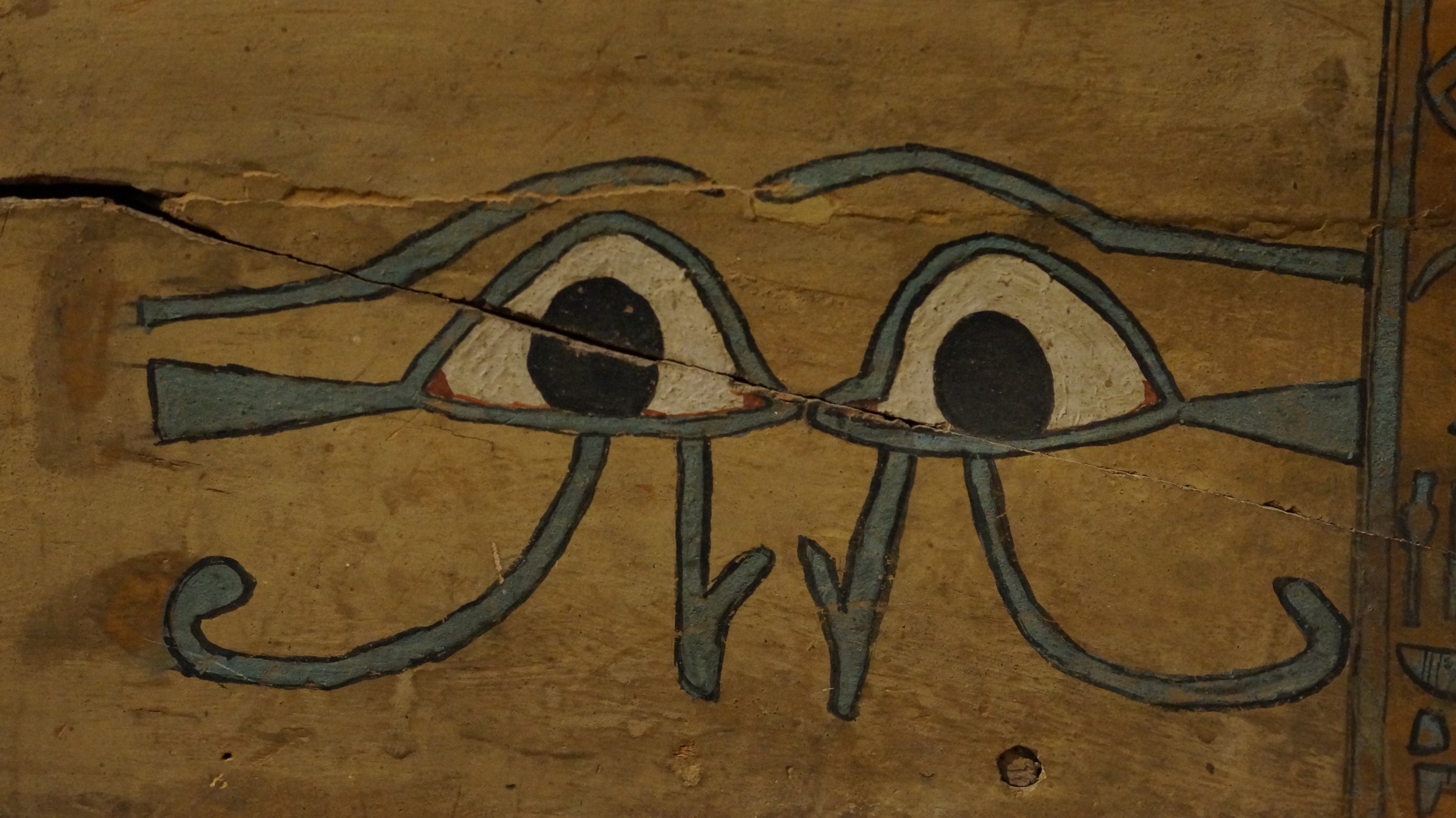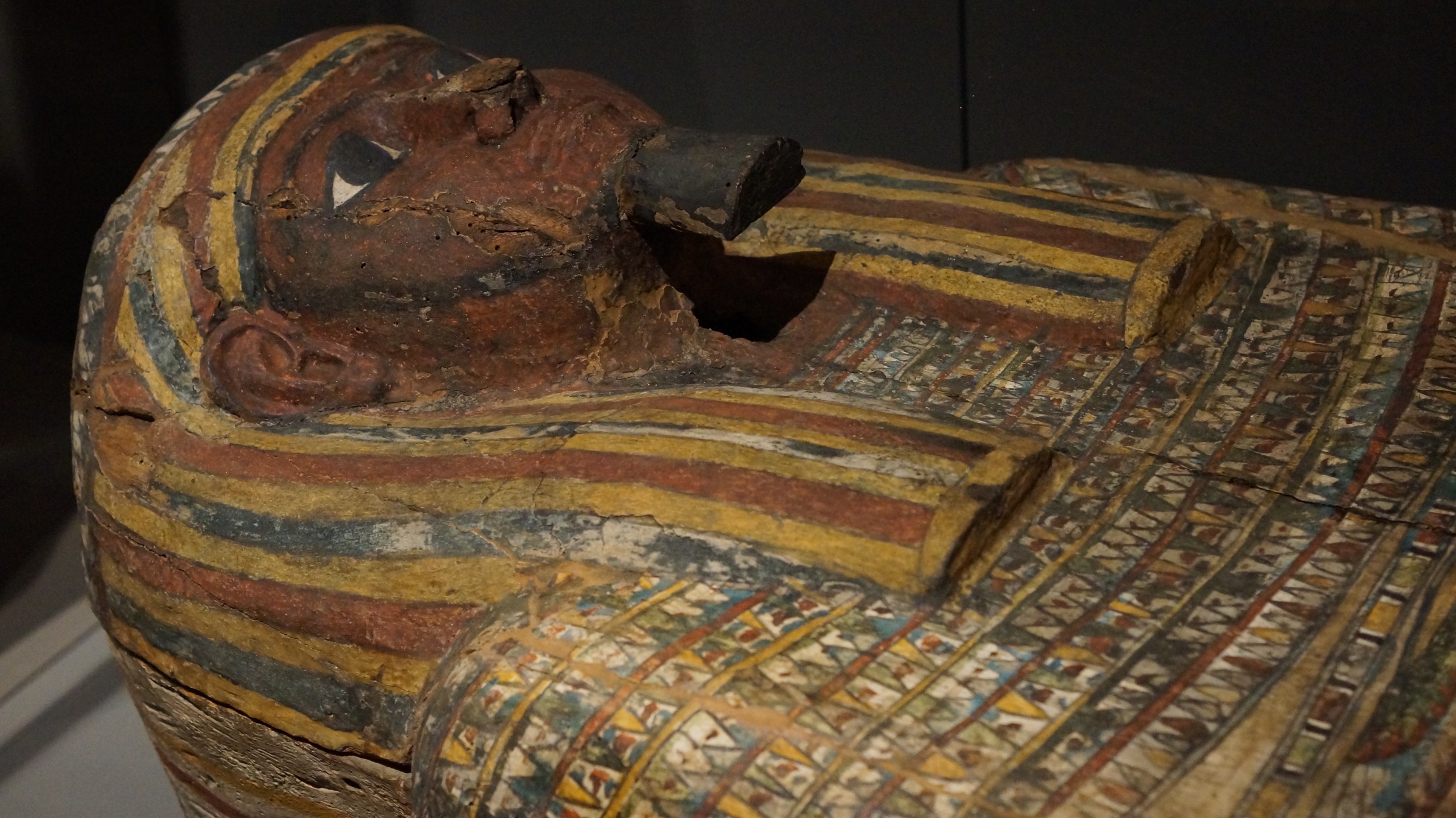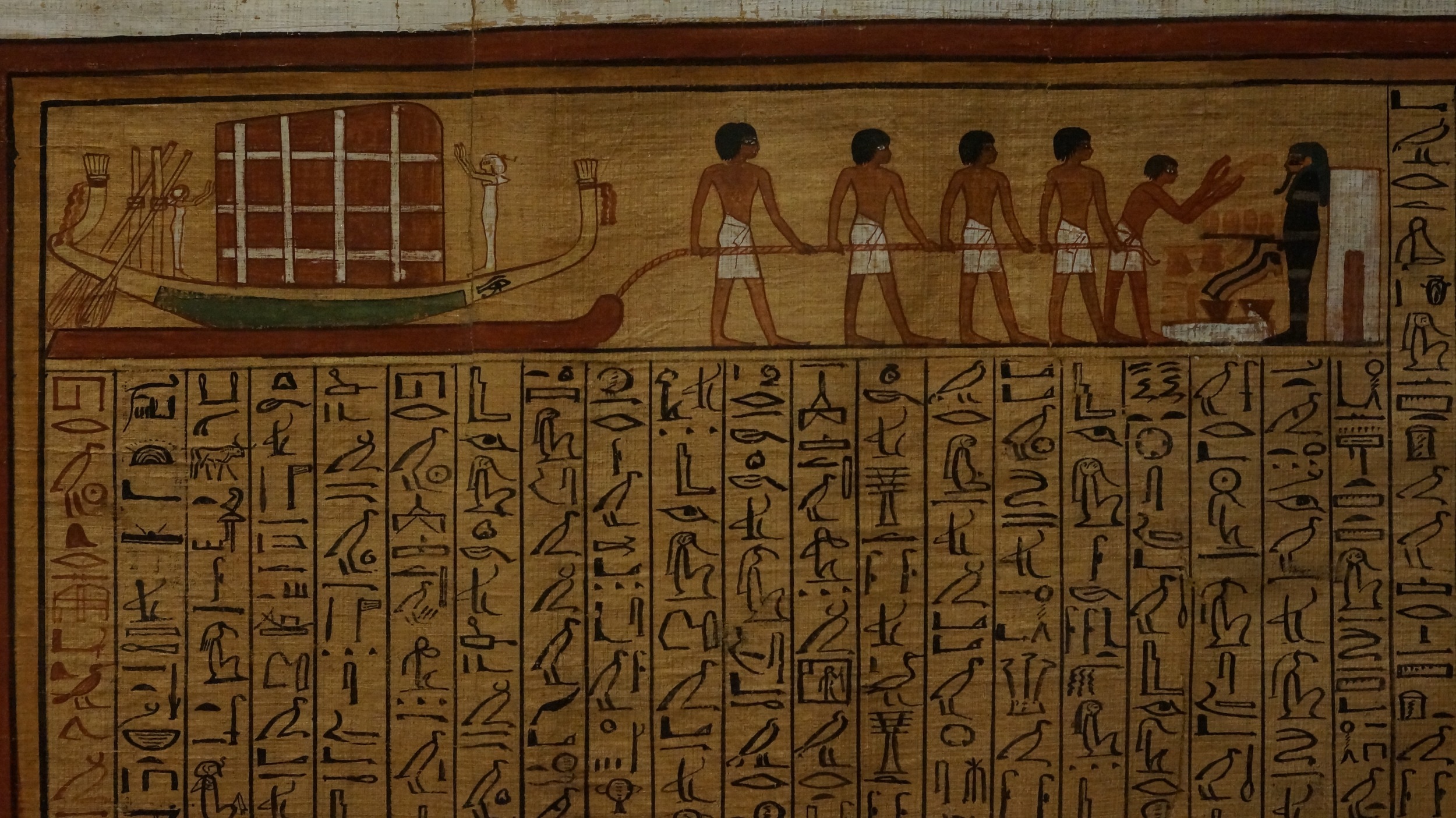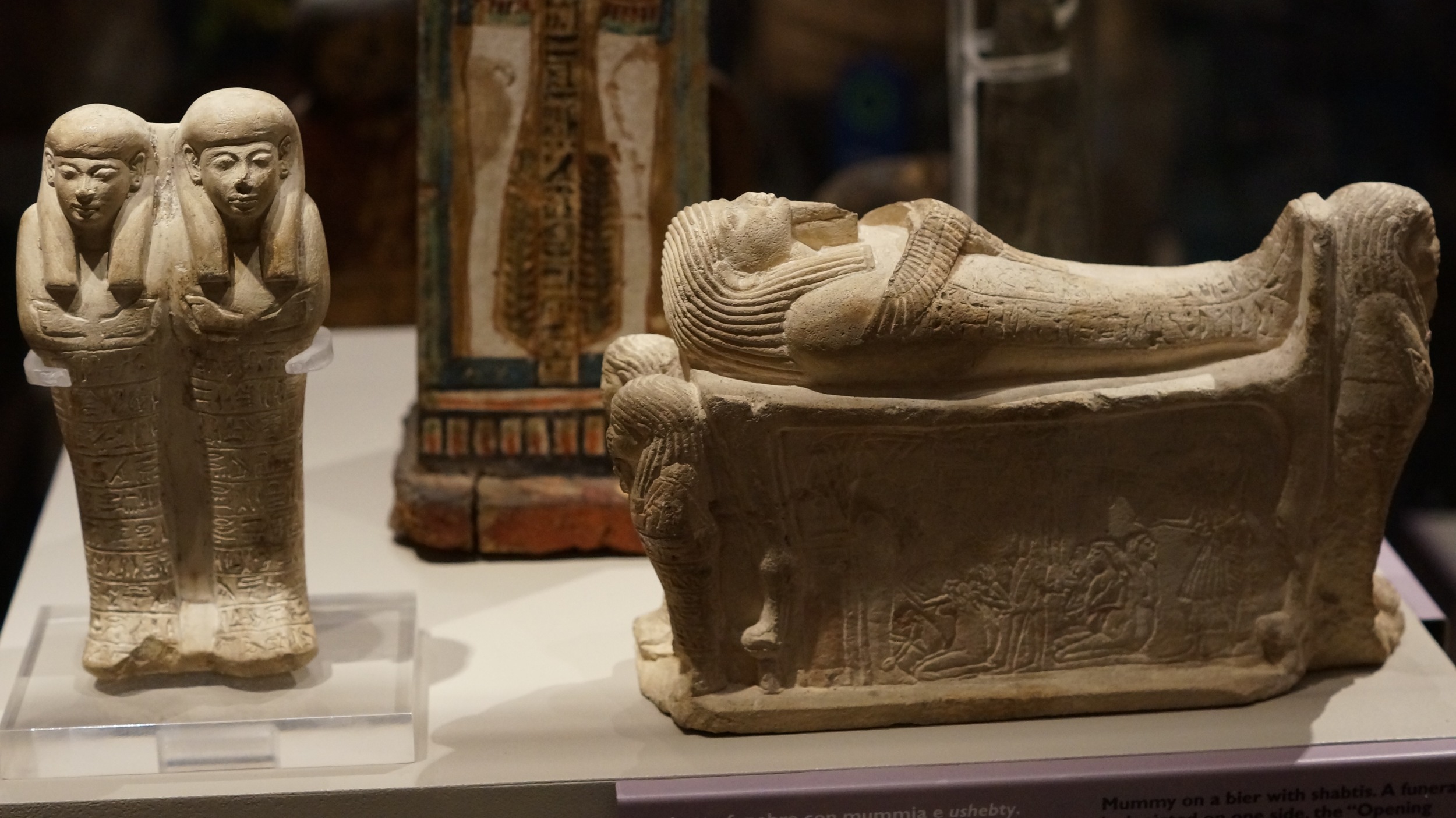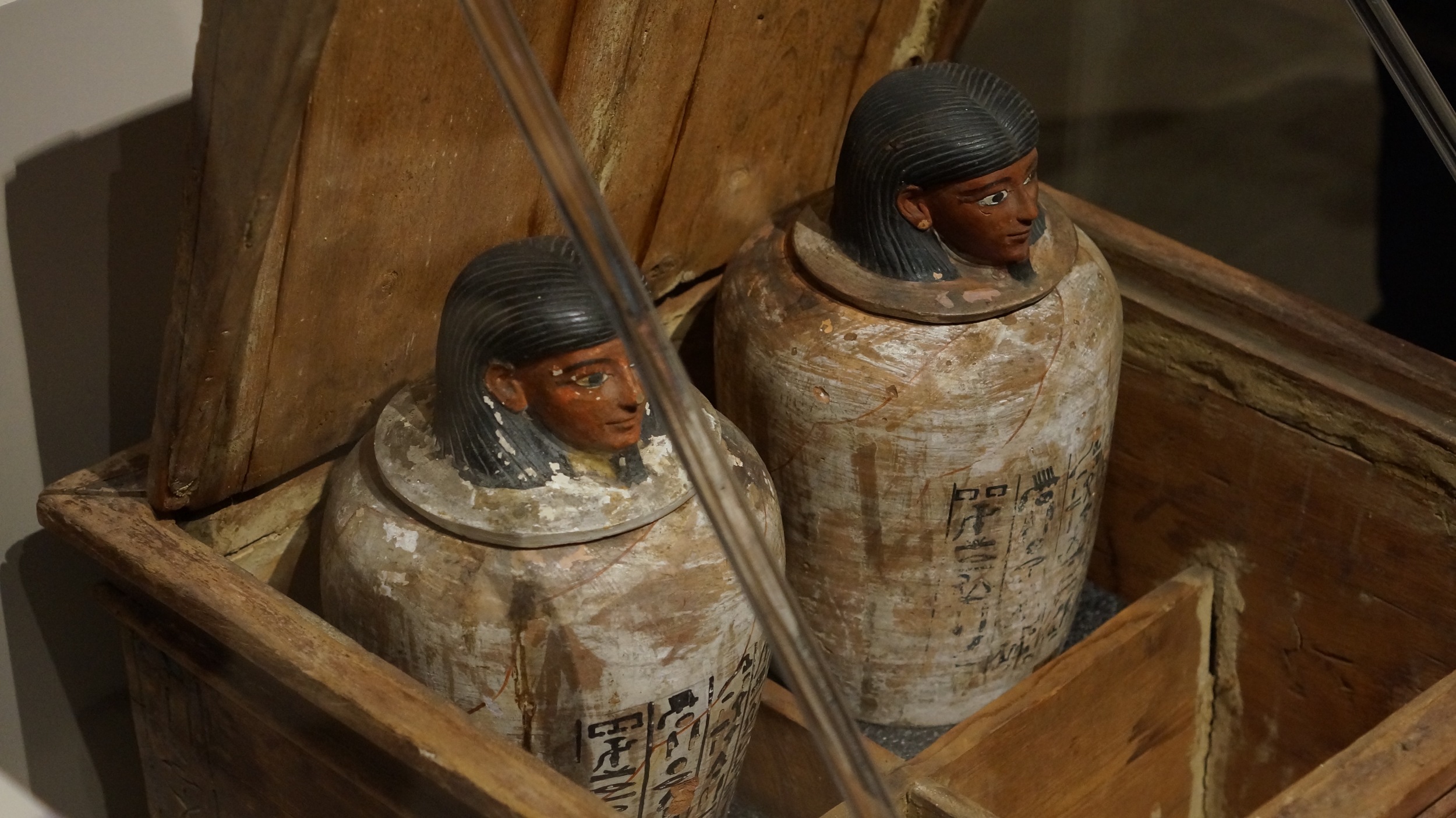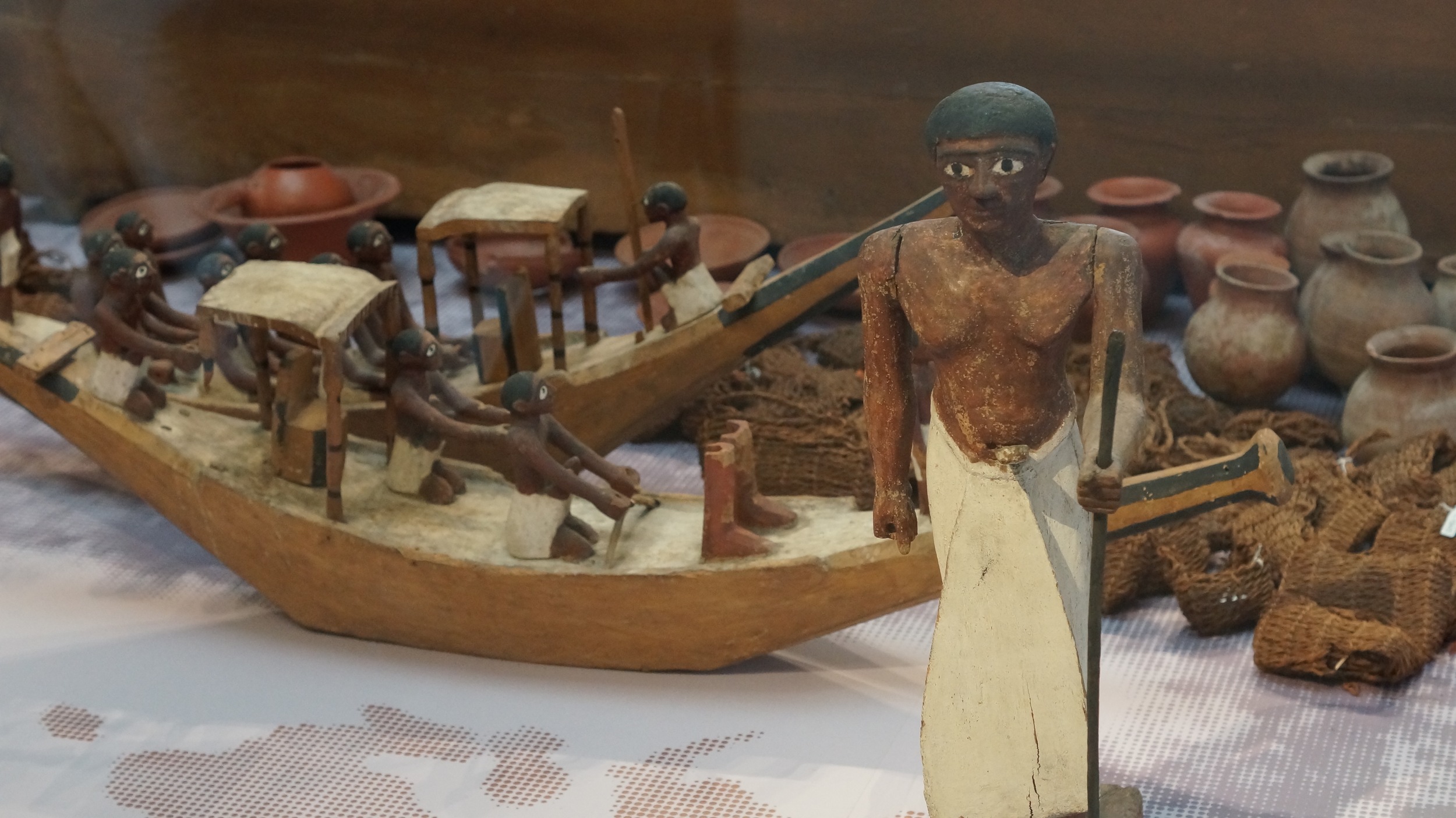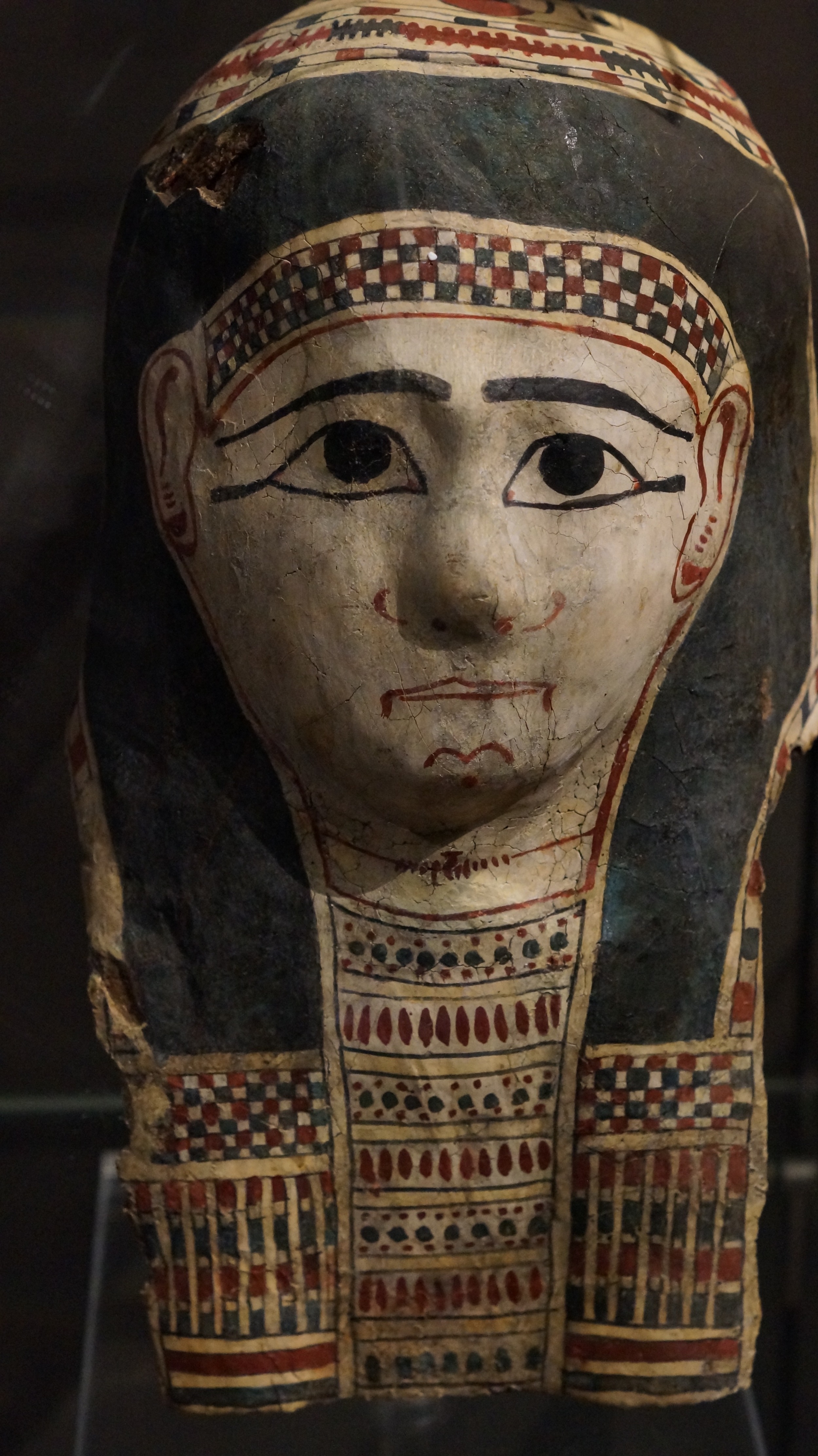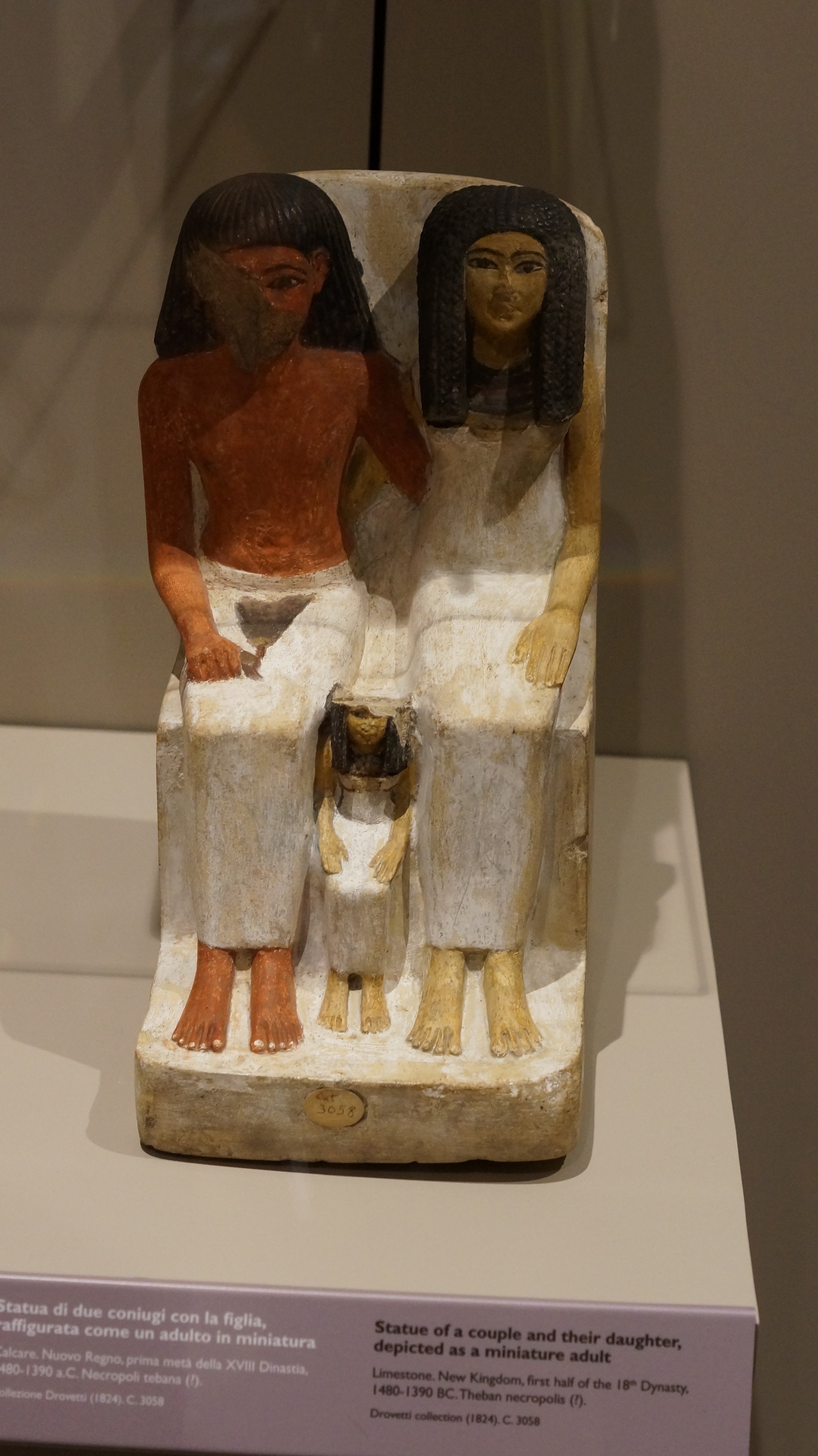A new edited volume has come out in the Library of New Testament Studies from T&T Clark. It is a Festschrift for Professor Christopher Rowland (Emertius, Oxford University) put together by his students and friends. The book is appropriately titled The Open Mind.
Chris' work was mind-opening for me years ago when I first read his fabulous book The Open Heaven and then his follow up Christian Origins. His books were revelations to me, putting me inside of apocalypticism and mysticism in ways I had never thought about before.
Chris showed me that mysticism is the vertical form of apocalypticism, while eschatology the horizonal. One dealt with the revelation of God in the present, via direct immediate experience. The other dealt with the revelation of God at death and the end of time. This simple breakdown ended up forming the basic structure of my understanding of the ancient mind, and has remained in place for me for the last twenty-five years, informing almost everything I have ever written.
Contributors to the volume include myself, Vicente Dobroruka, Jonathan Draper, Crispin Fletcher-Louis, Paul Foster, Charles Gieschen, Andrew Gregory, Jonathan Knight, Philip Munoa, Tobias Nicklas, Andrei Orlov, J.W. Rogerson, and Kevin Sullivan. Topics range from my own discussion of the cognitive basis for the "universal" structure of ascent narratives to antecedents for angelic incarnations to cosmic mysteries in the Didache.
This book is a lovely tribute to the work of a giant in our field, and shows how deeply he has inspired us.










































































